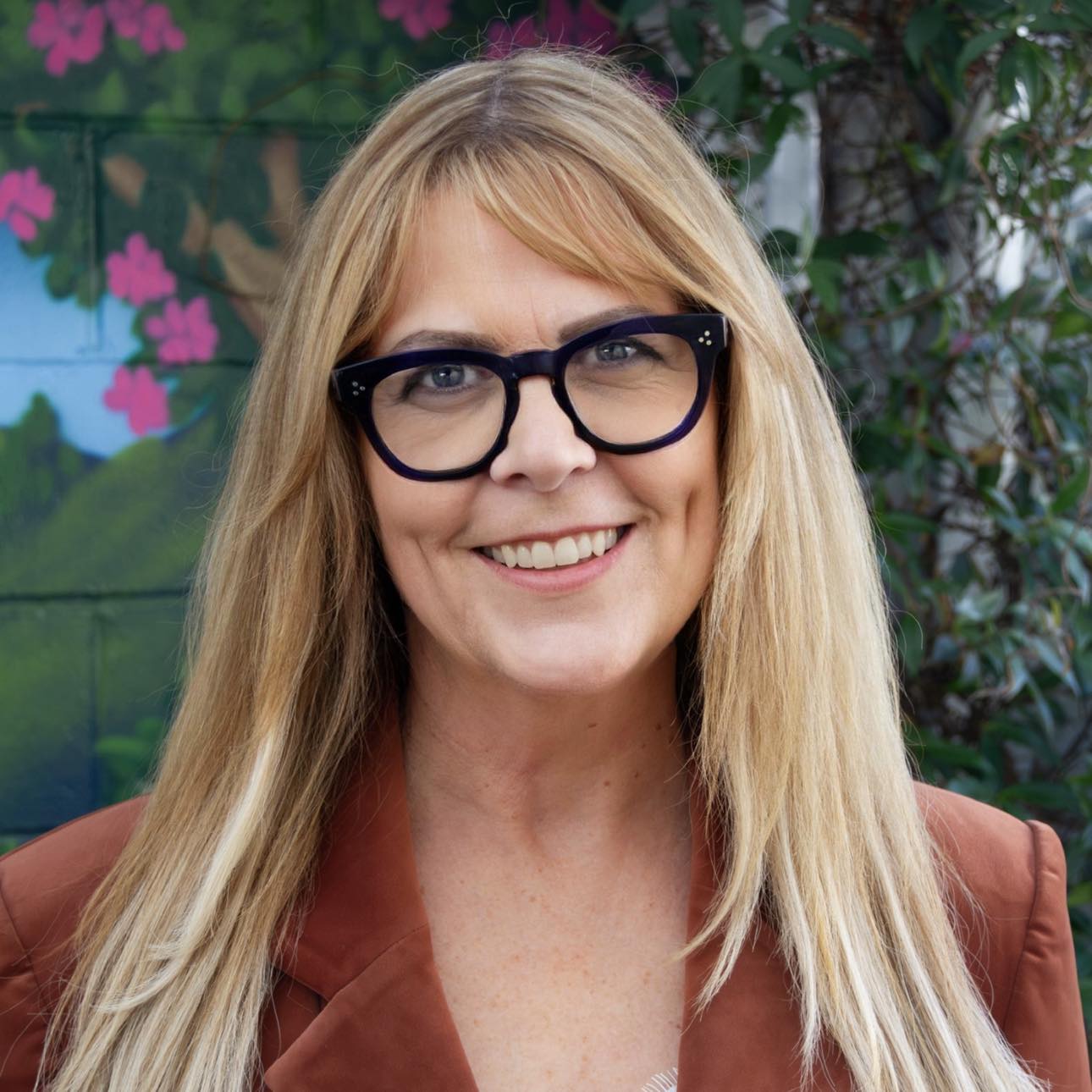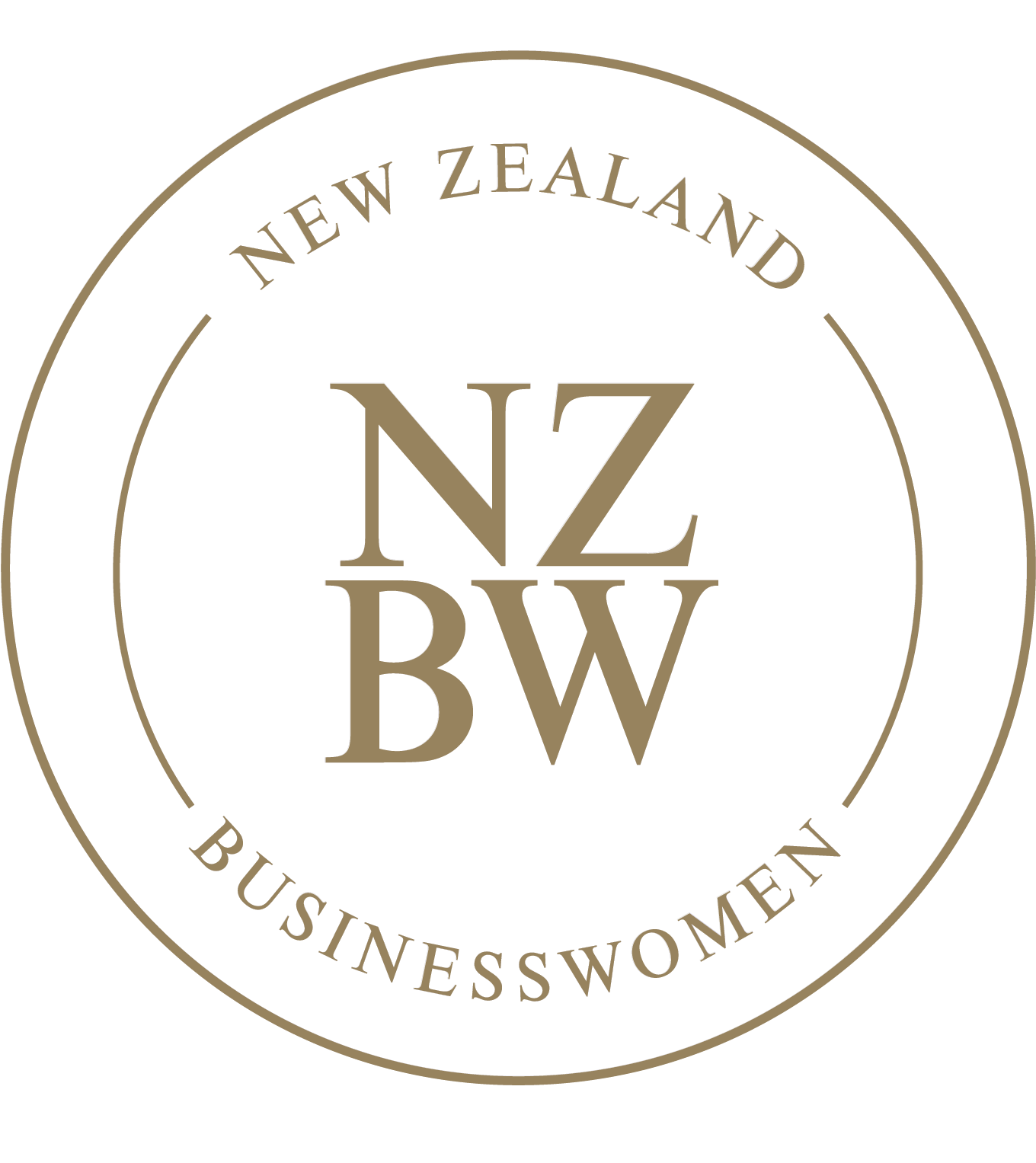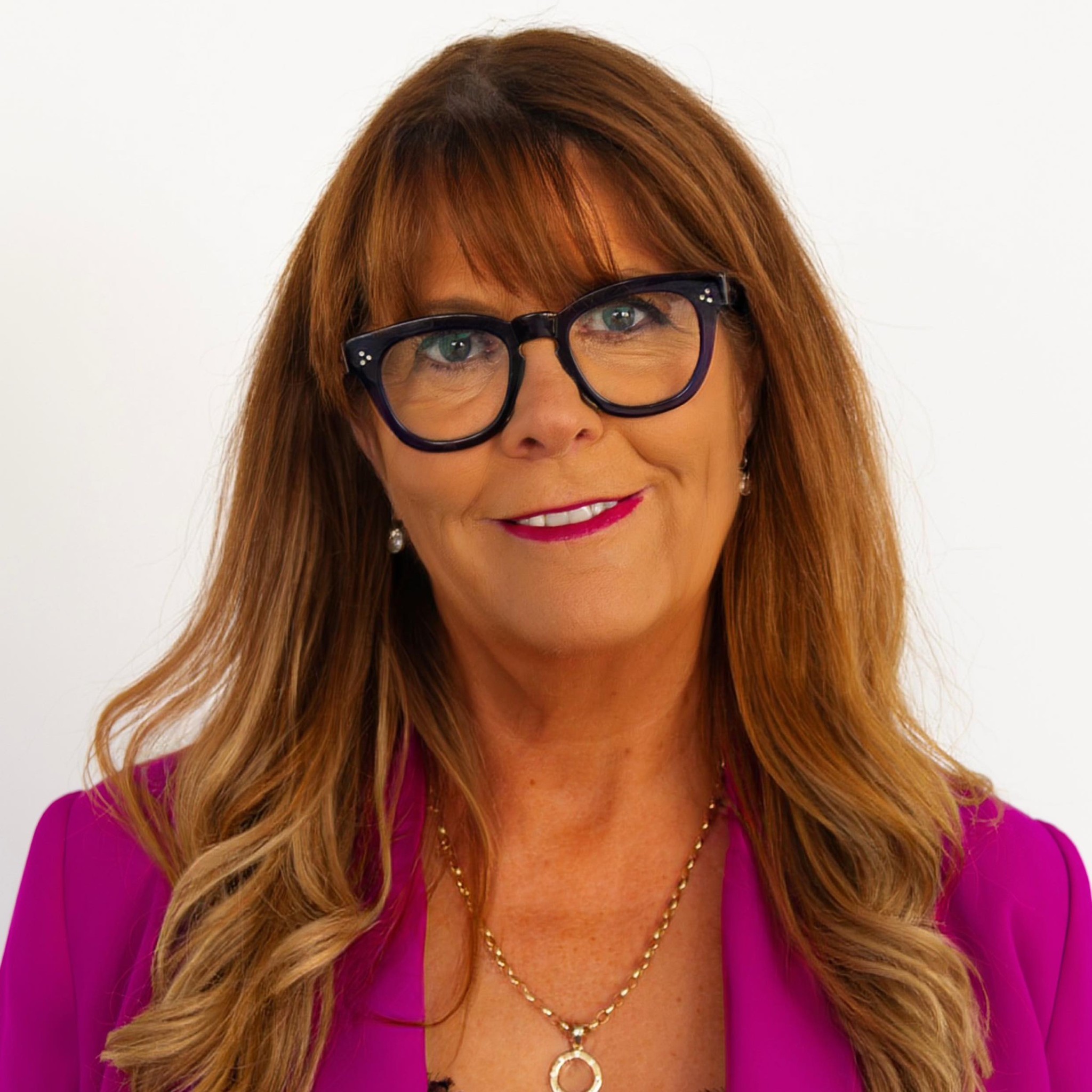
Meeting Topic
INTRODUCTION FOR NEXT MEETING TOPIC:
INTRO to this meeting topic:
Following on from our previous meeting topic about creating authentic photographs of you and your business for your marketing, contributor Lynne Lawson shares with us the vital importance of bringing our authentic selves to every interaction. Read the article, and in this fortnight’s 60-second introduction consider sharing your views on authenticity in marketing and business. Here are some ideas to get you thinking:
-
- Which companies resonate with YOU for having an authentic ‘presence’?
- Is there such a thing as being TOO authentic?
- Can you do something to build a more authentic and accessible presence in YOUR business?
The importance of our personal brand in an increasingly online world – by Tabitha Arthur
Be Your Authentic Self – by Lynne Lawson
Being real is being authentic. No one can copy you when you are being authentic, which means you will have no ‘competition’. So, stand up and own the fact that your clients work with you because they like what YOU have to say and what YOU do. Systems, pricing and products can be changed or fine-tuned, but you being you is the most important part of being in business.
In the fast-paced world of marketing and social media, it is very easy to get lost in the endless stream of posts and social media stories. Looking at what other people are offering and how they present themselves can take us down a rabbit hole of self-doubt and uncertainty. Our clients need to know that we are human, which means some days we don’t look 100%, some days we wonder why we get out of bed and other days we’re on our game and celebrating the fact that we are self-employed.
Think about your favourite clients (yes, we all have favourites) and- consider what helped them come to the decision to work with you. It all started with a first impression! First impressions are vital. Just like customers will notice the mud on your boots when you have a face-to-face meeting, so they will notice your website images and content. Are the images on all of your marketing collateral showing YOUR unique personality and what YOU stand for? Invest in professional images of you and your business as opposed to stock images. If you are going to use stock images of “clients” then are should be a true representation of those clients. One of my pet hates is images showing a very corporate setting in which everyone is wearing a suit or tie – when, in fact, the business conducts much of its business in cafés and over a coffee. Keep it real and take some photos in your local café.
Work with a professional to create some key brand guidelines around your business and ensure that they align with the vision and mission of your company. If you’re a petrol-head who owns a unique car, then include that in your marketing. Likewise, if you want to plant more trees and have an e-car, add those traces into your values and your marketing. There is no right or wrong here – not everyone is going to agree with your unique view of the world, but you don’t need every potential client to engage with you – just the RIGHT ones.
The colours we use to represent who we are as people and heavily influence how our business is perceived. We gravitate to certain colours, and they reflect our personality. Use colour wisely to support your brand values:
- Red — Red stands for passion, excitement, and anger. It can signify importance and command attention.
- Orange (my favourite)— Orange stands for playfulness, vitality, and friendliness. It is invigorating and evokes energy.
- Yellow — Yellow evokes happiness, youth, and optimism, but can also seem attention-grabbing or affordable.
- Green — Green evokes stability, prosperity, growth, and a connection to nature.
- Light Blue — A light shade of blue exudes tranquillity, trust, and openness. It can also signify innocence.
- Dark Blue — Dark blue stands for professionalism, security, and formality. It is mature and trustworthy.
- Purple — Purple can signify royalty, creativity, and luxury.
- Pink — Pink stands for femininity, youth, and innocence. It ranges from modern to luxurious.
- Brown — Brown creates a rugged, earthy, old-fashioned look or mood.
- White — White evokes cleanliness, virtue, health, or simplicity. It can range from affordable to high-end.
- Gray — Gray stands for neutrality. It can look subdued, classic, serious, mysterious, or mature.
- Black — Black evokes a powerful, sophisticated, edgy, luxurious, and modern feeling.
Use your words to send a powerful message to your future clients. Show your knowledge and passion and convey that you love what you do. Ensure that your words are true to who you are. A powerful message doesn’t rely solely on words but is a combination of expressions and your energy and personality that will resonate with the right future clients. Have a read over your website and social media content – does it feel like you are talking on the phone to your clients or is it too over-worked? When you think about your brand and the words that you use in your marketing and your business think about some of these keywords:
- Feminine vs Masculine
- Playful vs Serious
- Luxurious vs Affordable
- Modern vs Classic
- Youthful vs Mature (so glad I didn’t write Old there!)
- Loud vs Subdued
Ultimately, you want to walk your talk. We can all write up some amazing words about how we work, but when it comes to action it, we can drop the ball at times. (Writing this article has highlighted some areas that I need to tidy up.) Ensuring that you have strong systems that support you to improve and stay on track with positive changes is important to help you stay true to your vision and brand. Constantly seeking to keep your message and actions in alignment will empower you, and help you earn your clients’ respect.
Being real and authentic comes from within and shines out through your branding and marketing. If you feel as if you aren’t quite being as authentic as you’d like to be, be patient. Sometimes it is a journey to discover our personal and business branding and voice. But it is a worthwhile journey because when it is fully aligned, you will attract your ideal clients and continue to love what you do.
See how Lynne helps her clients here: https://www.groworange.co.nz
Next Meeting Topic
This fortnight’s topic is contributed by Ann Cooper-Smith, a chartered accountant and business strategist. In this article, Ann shares her thoughts on ‘business growth’ through 3 different lenses – the micro business, the small business and the ‘large’ business. Read the article below and consider ways in which YOUR size business can best move forward and grow, even in the uncertain business environment we’re living in. Then, choose one to discuss as part of your 60-second introduction.
………..
To Grow or Not To Grow? By Ann Cooper-Smith
We go into business for all sorts of reasons – to be our own boss, redundancy, a bright idea, turning a hobby into a business, and so on. Very few start people with a strategic approach to their business.
Once in business we “grow” the business through trial and error, making expensive mistakes along the way. But “growing your business” is an overused term. Growing sales, profits, team, market share, business value or lifestyle may require different strategies.
There are three main SME types:
Self Employed (Micro Business)
The simplest way of being in business is working for yourself, whether as a sole trader or a company. As sales and demand for products and services increase the self-employed often hire staff to assist. A “Self employed” person may have 2, or even 5, staff to leverage their time but essentially the owner is still the business and little income is earned unless the owner is working IN the business.
Being self-employed can be an ideal structure for the highly skilled, especially if those skills are non-transferable – for example a brain surgeon or a barrister. The self-employment option is also preferred by those not wanting the hassles of managing staff, or those who want to balance family/lifestyle with income earning activities.
The self-employed business growth strategy is to maximise productive time and revenue, minimise costs and downtime, treat the business as a cash generating machine and invest surplus cash into passive investments (that earn income while you sleep).
When you have sufficient passive income you can choose to stop working, and you may be able to sell your stock/customer list for a small amount, but the sale price will be woefully inadequate to fully fund your retirement.
The Business Owner (Small Business)
Successful self-employed people may evolve to become business owners with between 5 and 15 staff. Having more staff allows revenue to grow, as does business complexity.
Business owners wear many hats – sales, marketing, production, systems, leadership, HR, IT, finance etc. Being a business owner can be stressful because while business owners leverage their time, they have so many more responsibilities to cover.
Unfortunately, the complexity of small business can cause overwhelm, and some business owners scale back reverting to self-employment once again. Or they sell the business as is, for a low price multiple (the business is very reliant on them and therefore less valuable from a purchaser’s perspective). Or they go broke because they did not develop the necessary cashflow management and business planning skills to continually feed a cash hungry growing business to success tipping point.
The business owners’ growth strategy is to work ON the business to build a strong brand, processes and systems, ensure adequate capital and cashflow for growth, as well as nurture a high performing team and business culture. If successful then revenue / profits / cashflow will grow, and the business will remain manageable with trained staff and excellent systems covering all vital areas of the business from sales to HR to cashflow and risk management.
The Business Investor (Larger SME)
Successful business owners who grow and scale their business to 15 or more staff create a much more valuable business that is no longer reliant on them.
The business investor’s growth strategy is to continue to grow revenue, profitability, and invest in systems to the point where the business successfully runs under management supported by high performing teams. The business owner earns director’s fees and dividends, and perhaps a salary if they choose to continue to work in the business (either full or part time).
Since the business can successfully run under management the business value multiple will be high and the business owner could sell all or part of the business for a substantial sum. Alternatively, the business owner may retain ownership and earn passive dividend income. We recommend business investors reduce risk by diversifying their other investments.
Which Strategy is “Best”?
If you are an Elon Musk, Bill Gates or Steve Jobs you’ll be driven and not stop until the business becomes a global success story.
But for those looking for their most suitable growth strategy we recommend either:
- Being self employed with support staff and treating the business as a cash cow to build significant passive investments outside of the business, OR
- Grow the business aggressively through the business owner stage as quickly as possible to avoid burn out and reach the business investor stage where scale allows the business to run smoothly under management.
Summary
Being self employed is often seen as the poor cousin of business ownership. However, the stress of being a business owner employing 5-15 staff without strong systems and processes in place, or without the necessary business management skills can be stressful and bad for mental health.
Understand yourself, your resources, skills, and motivation – then be intentional about your business growth strategy. Thinking strategically about growth will help you avoid costly mistakes and make for a happier and more successful you.
Find out how Ann helps her clients by checking out her website below:
Ann Cooper-Smith
Q2 Ltd
Chartered Accountants and Business Strategists
 Print This Post
Print This Post




